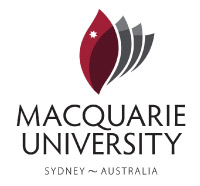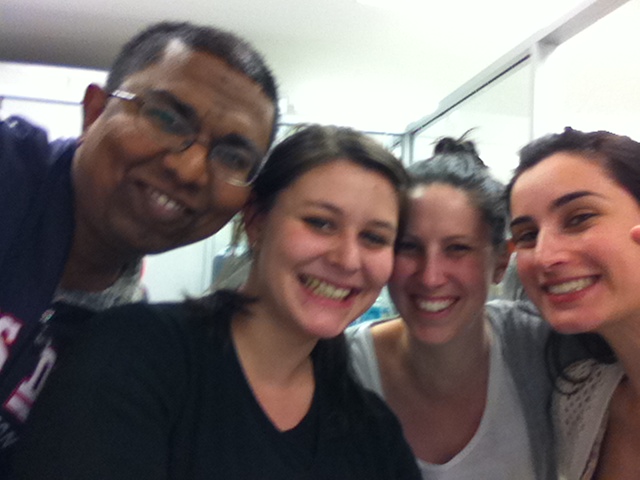Team:Macquarie Australia/Project
From 2010.igem.org
| You can write a background of your team here. Give us a background of your team, the members, etc. Or tell us more about something of your choosing. | |
|
Tell us more about your project. Give us background. Use this is the abstract of your project. Be descriptive but concise (1-2 paragraphs) | |
| Team Example |
| Home | Team | Official Team Profile | Project | Parts Submitted to the Registry | Modeling | Notebook | Safety |
|---|
Contents |
Aim
The aim of our project is to introduce D. radiodurans and A. tumefaciens bacteriophytochromes into E. coli which have the potential to be used as molecular light switches in response to red and far-red light. Comparison and analysis of the phosphorylated peptides in recombinant E. coli will also be considered.
Abstract
Photoreceptors are utilized by almost every organism to adapt to their ambient light environment (Karniol and Vierstra, 2003). Bacteriophytochrome photoreceptors are members of the phytochrome superfamily. They are a highly specialized group of photoreceptor proteins that have been observed in plants, fungi and bacteria (Halliday, 2004).
Bacteriophytochromes allow bacteria to detect light and respond according to the changing light environment. Light detection is achieved by rapid photo-conversion between two stable isoforms; a red light absorbing form (Pr) and a far-red light bsorbing form (Pfr).
Both bacteriophytochrome isoforms (referred to as BphP1 and BphP2) often contain an N-terminal chromophore binding domain (CBD) and a C-terminal two-component histidine kinase motif. Bacteriophytochromes use biliverdin (BV) as the chromophore which is directly synthesized from heme by heme oxygenase and covalently binds to CBD (Karniol and Vierstra, 2003). This photo-conversion happens when initially synthesized Pr form is excited with red light and is converted to Pfr whose activity is repressed by far-red light resulting in rapid reversing of Pfr to Pr. Thus this rapid interconversion between the two forms of allows them to act as "photoreversible switches".
In this study we aim to introduce bacteriophytochromes from two bacterial species (Deinococcus radiodurans and Agrobacterium tumafaciens) into Escherichia coli. When the bacteriophytochromes covalently attach biliverdin the E. coli cells would have the capacity to switch from blue to green colour under red light dense and far-red light dense environments, respectively. Therefore recombinant E. Coli can be potentially used as a light switch. This action is also expected to activate other signalling cascades resulting in the synthesis of new phosphorylated peptides in E. coli. Comparison and analysis of those phosphorylated peptides in recombinant E. coli bacteriophytochrome is further considered.
 "
"

